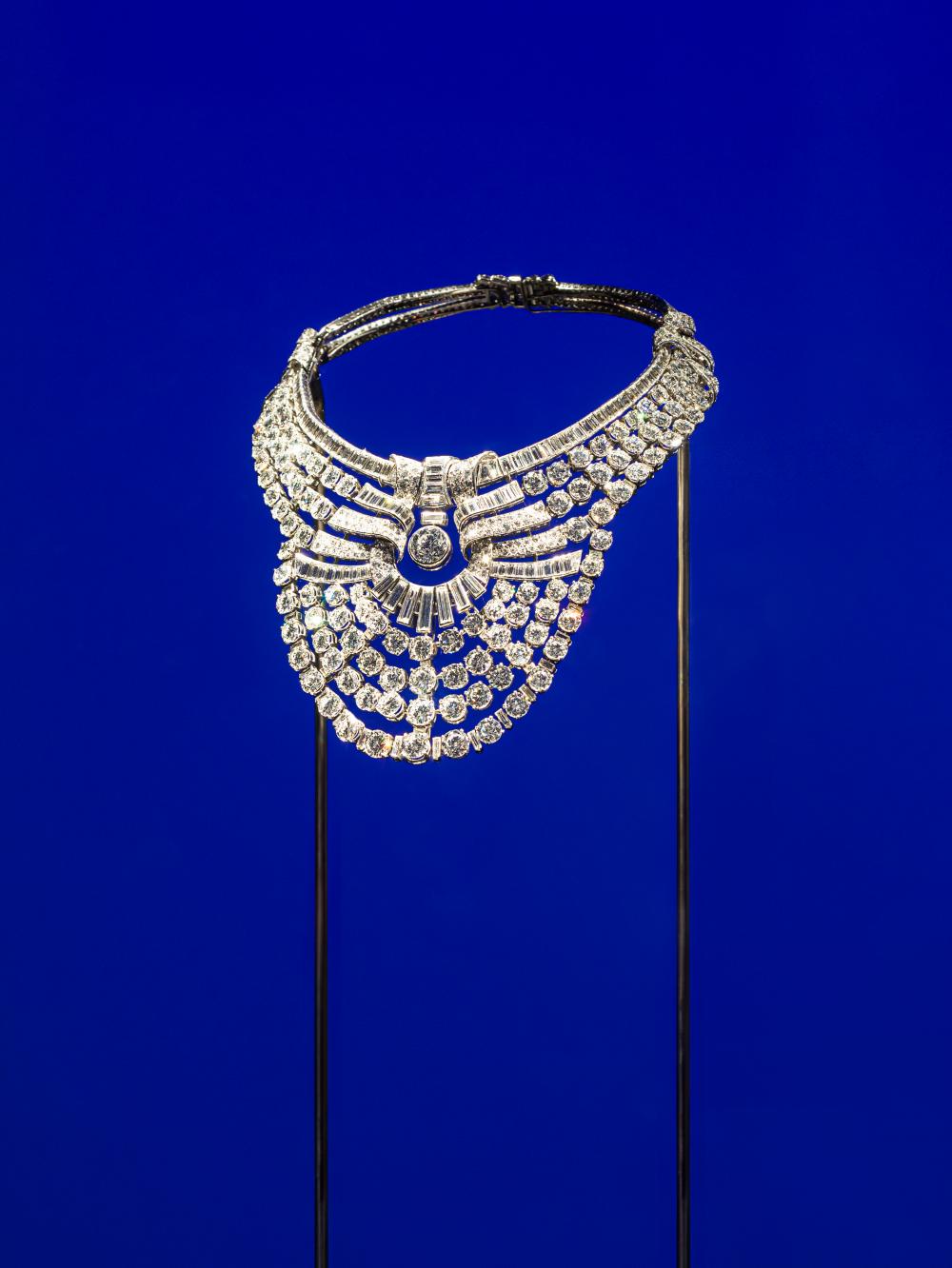Last year marked the centennial of Italo Calvino (1923-1985), the first Italian to be invited to deliver the Charles Eliot Norton Lectures at Harvard University.
His series for the 1985/86 academic year would revolve around the preservation of literary values in the 3rd millennium. The renowned writer completed five of the six planned lectures -- Lightness, Quickness, Exactitude, Visibility and Multiplicity.
The sixth titled Consistency was to have been written at Harvard University, but unfortunately he passed away on Sept 19, 1985, before leaving Italy for the US.
Calvino's recipe for great literature was posthumously published in Six Memos For The Next Millennium, which is the basis for Alba Cappellieri's curatorial project for Van Cleef & Arpels.
The parallelism of the five memos and the core values of the French jewellery house is portrayed in the "Van Cleef & Arpels: Time, Nature, Love" exhibition, which returned to Asia last November for a five-month run at the D Museum in Seoul, South Korea.
"These 'values or qualities or specificities' defined by Italo Calvino represent absolute virtues for both literature and jewellery, as well as for any other object, and support the analysis and the understanding of our time beyond any specific discipline. The values are still relevant today, testifying to their veracity, and help us understand Van Cleef & Arpels' ability to interpret, chisel and transfer time in its precious objects," said Cappellieri, who's the head of Jewellery and Fashion Accessory at the Politecnico di Milano.
The exhibition was premiered in Milan in 2019. After the Covid-19 pandemic, it travelled to Shanghai in 2022 and Saudi Arabia in the first half of 2023.
The Seoul edition showcases over 300 jewellery creations, timepieces, precious objects as well as archival documents and sketches illustrating the creative process.
Five components that further reflect on the maison's DNA have been added to Calvino's five memos for the first part of the exhibition -- Time.
The resulting 10 zones comprise Paris, Elsewhere, Lightness, Quickness, Visibility, Exactitude, Multiplicity and Intersections with Fashion, Dance and Architecture.
"In the case of Paris, it is much more than a tribute to the city where the Van Cleef and Arpels families started this extraordinary story in 1906, as the French capital was the centre of the arts and beauty at the beginning of the 20th century," said Cappellieri.
"Likewise, the Elsewhere allows us to better understand the visionary skill of the maison's founders in exploring distant worlds, searching for unique gems but also filtering inspirations, colours and motifs from other cultures."
The five sections based on Calvino's literary values boast exceptional pieces, particularly from the 1930s.
Lightness is embodied in the Collaret from 1939. Formerly in the collection of Queen Nazli of Egypt, this Art Deco necklace is crafted in platinum and set with 673 diamonds for 204.03 carats.
Created in the same year, Cadenas represents Quickness. Attached to a double snake chain, the wristwatch evokes a padlock in yellow gold. Crowned by a row of calibrated rubies, the inclined dial allows reading the time discreetly with a slight tilt of the wrist.
Expressing Visibility, a bird clip from the early 1970s is a transformable piece as its detached tail and wings can be worn as a brooch and earrings. Adorned with emeralds, sapphire and diamonds, the yellow gold bird carries a 96.62 carat briolette-cut yellow diamond, which once belonged to opera singer and socialite Ganna Walska who wore it as a pendant in the 1930s.
Exactitude is illustrated by a brooch in platinum, white and yellow gold from 1936. The sprig of gently curving leaves adorned with Mystery Set rubies partially covers a stylised palm leaf paved with diamonds.
The most spectacular and surprising precious objects have been curated for the Multiplicity section.
"For Calvino, Multiplicity is a method of knowledge, a bridge between people and ideas, which is exactly what Van Cleef & Arpels has always done," said Cappellieri. "This space reveals objects ranging from the Minaudière -- the precious box invented by Charles Arpels in 1933 -- to powder cases, lighters, glasses and fragrance bottles. Less known compared to its jewellery creations, these objects are unique and extraordinary in terms of craftsmanship and style. They say something about beauty, art, handwork and talent."
The idea for the Minaudière came after Charles Arpels saw one of his clients tossing her stuff into a Lucky Strike cigarette tin. His functional design provides many compartments for women to easily keep their accessories.
The exhibited Wild Rose Minaudière from 1938 also features a removable ruby-embellished clasp that can be worn as a clip.
Echoing Multiplicity, the Passe-Partout patented in 1938 can be converted into a necklace, a bracelet or a belt while the central motif can also be detached and worn alone as a clip or, in some models, as earrings.
Cappellieri's favourite exhibit is the Zip necklace displayed in the Intersection-Couture section. Created in 1951, the yellow and rose gold piece with rubies and diamonds can be transformed into a bracelet.
"I selected the Zip necklace for its ability to mix the highest goldsmith craftsmanship with the functionalism of the industrial zipper initially used for US uniforms. A masterpiece of concept, innovation, creativity and technique to be discovered in every detail," said the curator.
The exhibition's second theme explores the beauty of nature through the Fauna, Botanica and Flora sections while the third part celebrates the most mythical romances of the 20th century through its selection in the Love room with a sculpture named Dichroic Confetti.
Architect Johanna Grawunder designed this luminous sculpture as well as the immersive scenography, which plays on transparency, light and colour. In addition graphic designer Michał Batory reflects the Van Cleef & Arpels style in a special typography and video for the exhibition, which runs until April 14 at the D Museum in Seongdong-gu, Seoul.
For more information, visit vancleefarpels.com.









